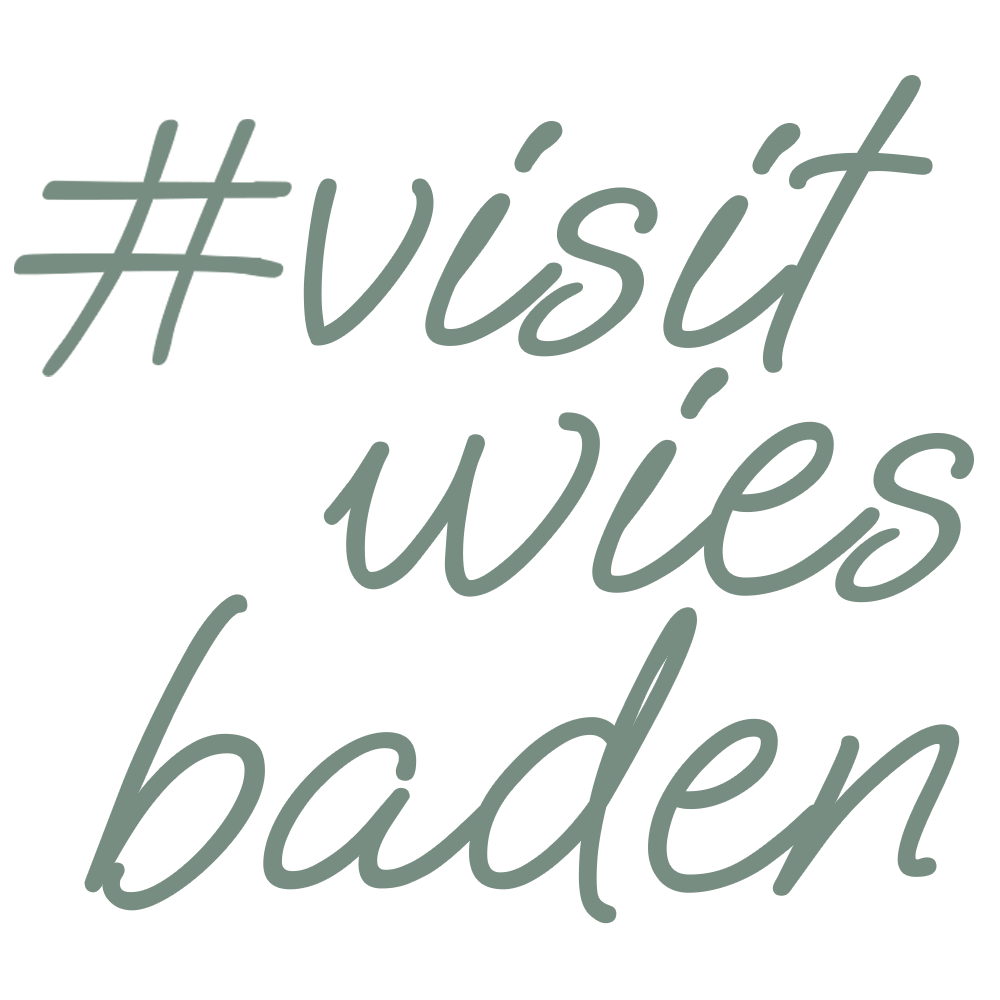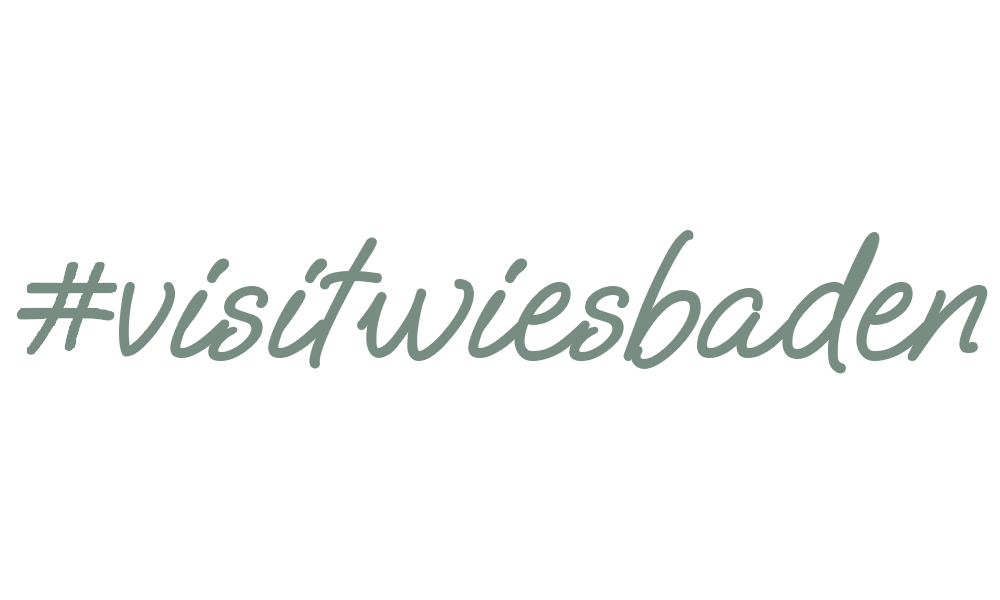The origin of the name Vollrads is uncertain, though it is probably derived from a family name, for in the year 1218, there is mention of a "Vollradus in Winkela" and again in 1268, a "Conradus dictus Vollradus armiger".
At the heart of the palace complex is a majestic tower surrounded by a rectangular moat that is only accessible by bridge. It was built in the first third of the 14th century and inhabited by a family who shaped the destiny of the palace and viticulture at Vollrads up to the days of our time: the dynasty of the Barons of Greiffenclau.
The building of the actual palace – next to the massive tower that Goethe described as "unusual" during his visit in 1814 – was commissioned by Georg Philipp von Greiffenclau in 1684. His son, Johann Erwein, sub-sequently constructed the adjoining farm buildings, added the Baroque roof to the tower and gave the cavalier’s house, originally built in 1650, its present appearance. The beautiful walls surrounding the garden were also built during this time.
Generally speaking, the greater part of Schloss Vollrads as it stands today is the work of Johann Erwein, and the many armorial designs decorating the farm buildings, the cavalier’s house and the gateway to the garden bear witness to his remarkable building activity. The most recent alterations to the palace were initiated in 1907/1908 by Countess Clara Matuschka-Greiffenclau, née Baroness von Oppenheim. She had an additional floor added to the south wing of the palace, the two towers built at each end facing the Rhine and the terraces enlarged.


